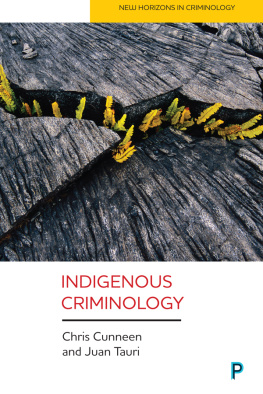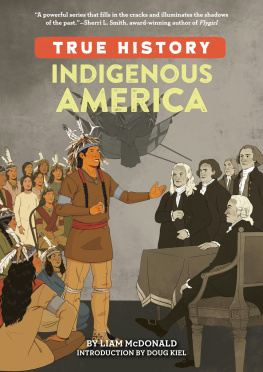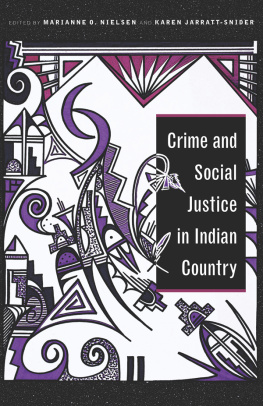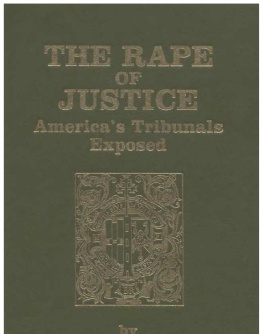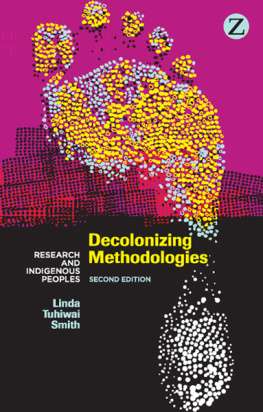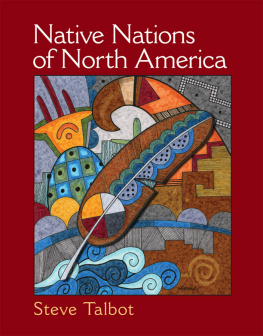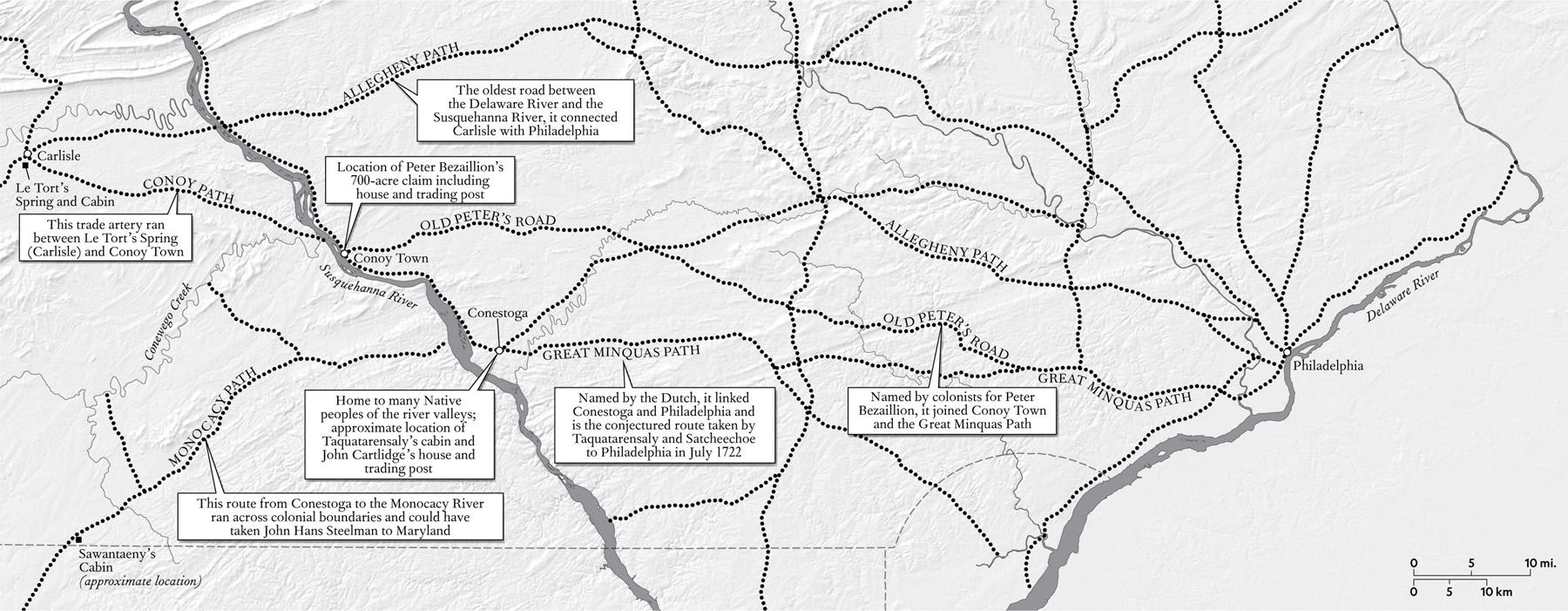Nicole Eustace - Covered with Night: A Story of Murder and Indigenous Justice in Early America
Here you can read online Nicole Eustace - Covered with Night: A Story of Murder and Indigenous Justice in Early America full text of the book (entire story) in english for free. Download pdf and epub, get meaning, cover and reviews about this ebook. City: New York, year: 2021, publisher: Liveright, genre: History / Science. Description of the work, (preface) as well as reviews are available. Best literature library LitArk.com created for fans of good reading and offers a wide selection of genres:
Romance novel
Science fiction
Adventure
Detective
Science
History
Home and family
Prose
Art
Politics
Computer
Non-fiction
Religion
Business
Children
Humor
Choose a favorite category and find really read worthwhile books. Enjoy immersion in the world of imagination, feel the emotions of the characters or learn something new for yourself, make an fascinating discovery.

- Book:Covered with Night: A Story of Murder and Indigenous Justice in Early America
- Author:
- Publisher:Liveright
- Genre:
- Year:2021
- City:New York
- Rating:4 / 5
- Favourites:Add to favourites
- Your mark:
Covered with Night: A Story of Murder and Indigenous Justice in Early America: summary, description and annotation
We offer to read an annotation, description, summary or preface (depends on what the author of the book "Covered with Night: A Story of Murder and Indigenous Justice in Early America" wrote himself). If you haven't found the necessary information about the book — write in the comments, we will try to find it.
Library Journal Books and Authors to Know: Titles to Watch 2021
An immersive tale of the killing of a Native American man and its far-reaching implications for the definition of justice from early America to today.On the eve of a major treaty conference between Iroquois leaders and European colonists in the distant summer of 1722, two white fur traders attacked an Indigenous hunter and left him for dead near Conestoga, Pennsylvania. Though virtually forgotten today, this act of brutality set into motion a remarkable series of criminal investigations and cross-cultural negotiations that challenged the definition of justice in early America.
In Covered with Night, leading historian Nicole Eustace reconstructs the crime and its aftermath, bringing us into the overlapping worlds of white colonists and Indigenous peoples in this formative period. As she shows, the murder of the Indigenous man set the entire mid-Atlantic on edge, with many believing war was imminent. Isolated killings often flared into colonial wars in North America, and colonists now anticipated a vengeful Indigenous uprising. Frantic efforts to resolve the case ignited a dramatic, far-reaching debate between Native American forms of justicecentered on community, forgiveness, and reparationsand an ideology of harsh reprisal, unique to the colonies and based on British law, which called for the killers swift execution.
In charting the far-reaching ramifications of the murder, Covered with Nighta phrase from Iroquois mourning practicesoverturns persistent assumptions about civilized Europeans and savage Native Americans. As Eustace powerfully contends, the colonial obsession with civility belied the reality that the Iroquois, far from being the barbarians of the white imagination, acted under a mantle of sophistication and humanity as they tried to make the land- and power-hungry colonials understand their ways. In truth, Eustace reveals, the Iroquoisthe Six Nations of the Haudenosaunee, as they are known todaysaw the killing as an opportunity to forge stronger bonds with the colonists. They argued for restorative justice and for reconciliation between the two sides, even as they mourned the deceased.
An absorbing chronicle built around an extraordinary group of charactersfrom the slain mans resilient widow to the Indigenous diplomat known as Captain Civility to the scheming governor of PennsylvaniaCovered with Night transforms a single event into an unforgettable portrait of early America. A necessary work of historical reclamation, it ultimately revives a lost vision of crime and punishment that reverberates down into our own time.
Nicole Eustace: author's other books
Who wrote Covered with Night: A Story of Murder and Indigenous Justice in Early America? Find out the surname, the name of the author of the book and a list of all author's works by series.

